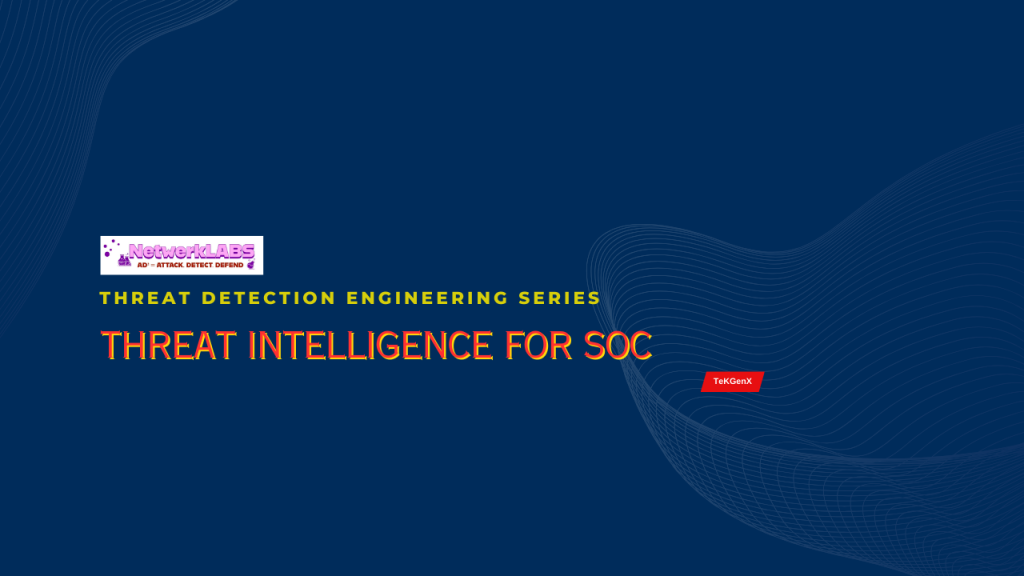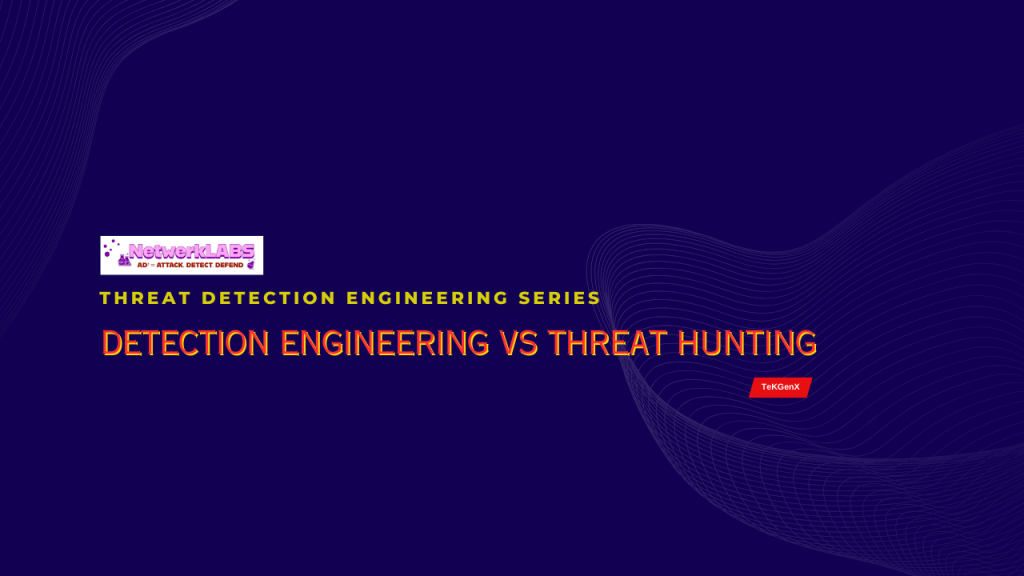Threat Intelligence with MISP: Part 1 – Setting up MISP with Docker
Step-by-Step Guide to Install MISP Using Docker on Ubuntu In this guide, we will walk through the steps to install the MISP (Malware Information Sharing Platform) using Docker on an…





